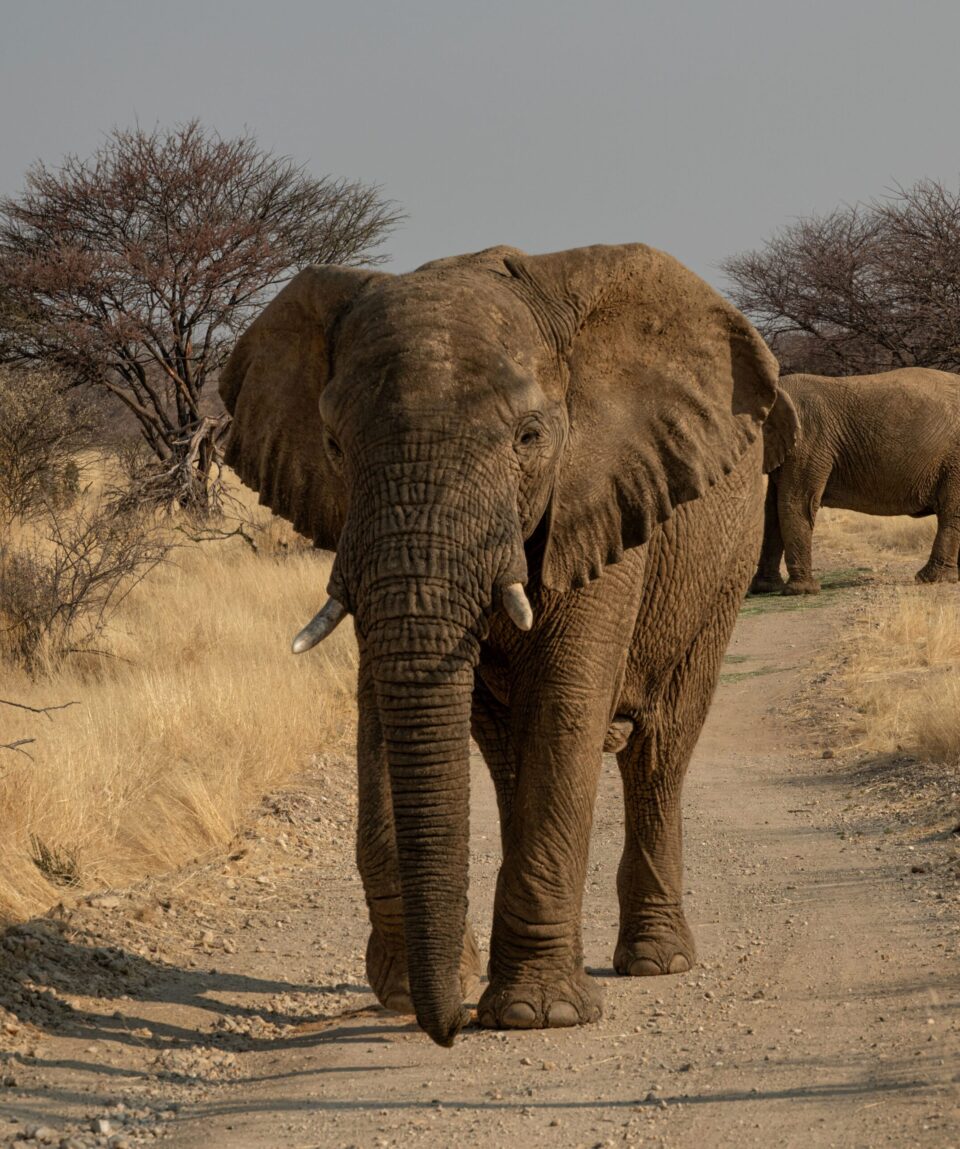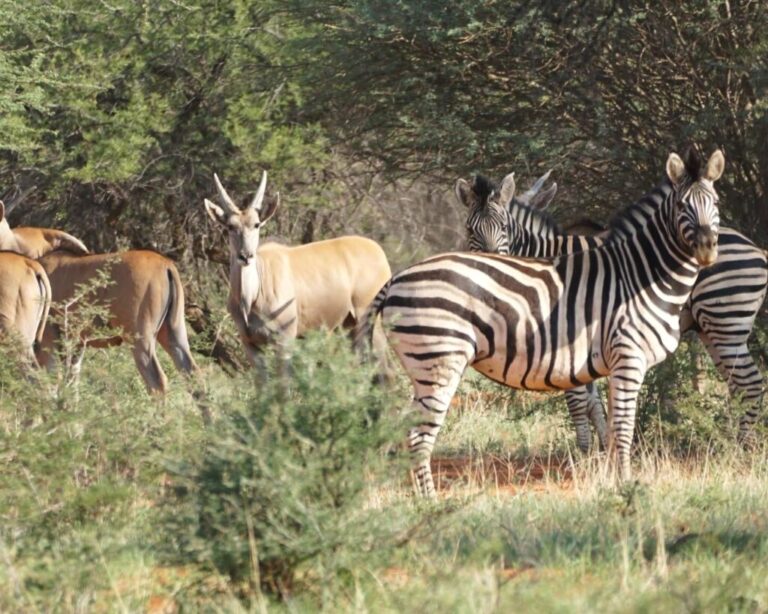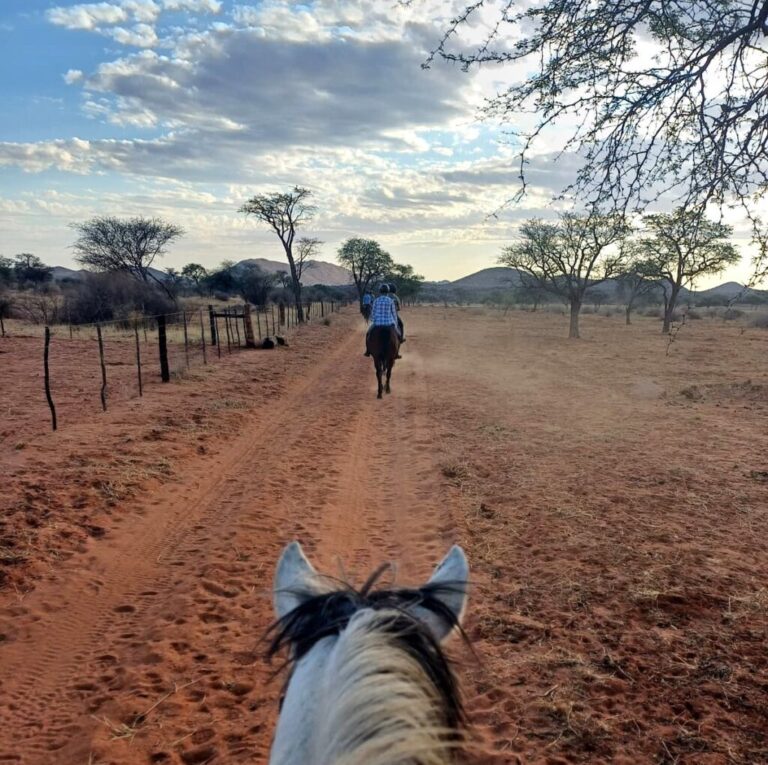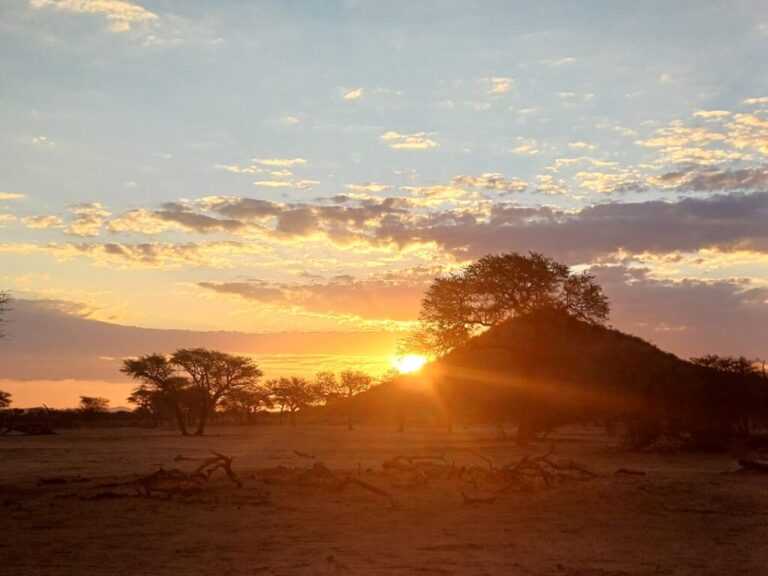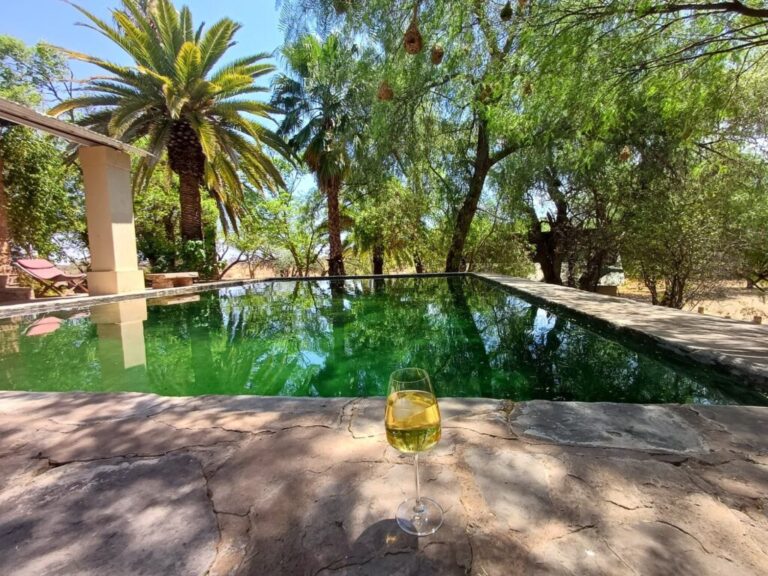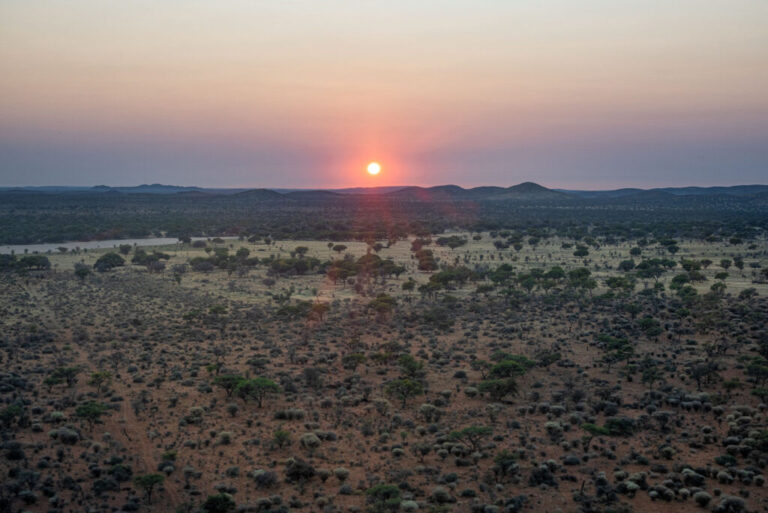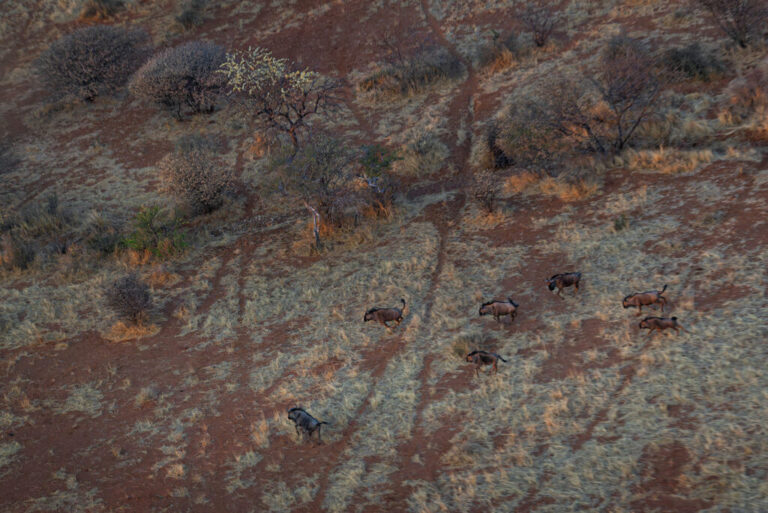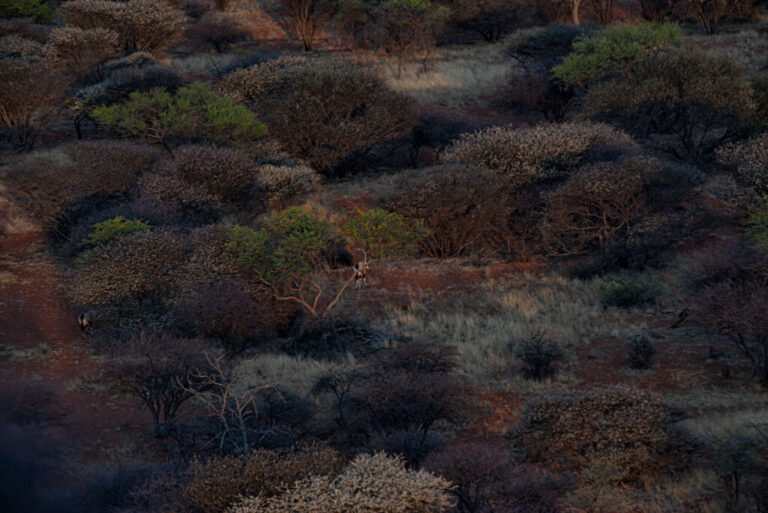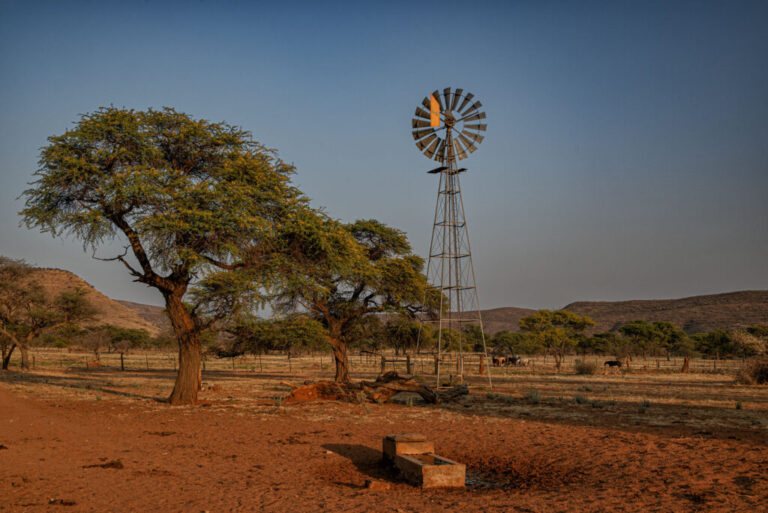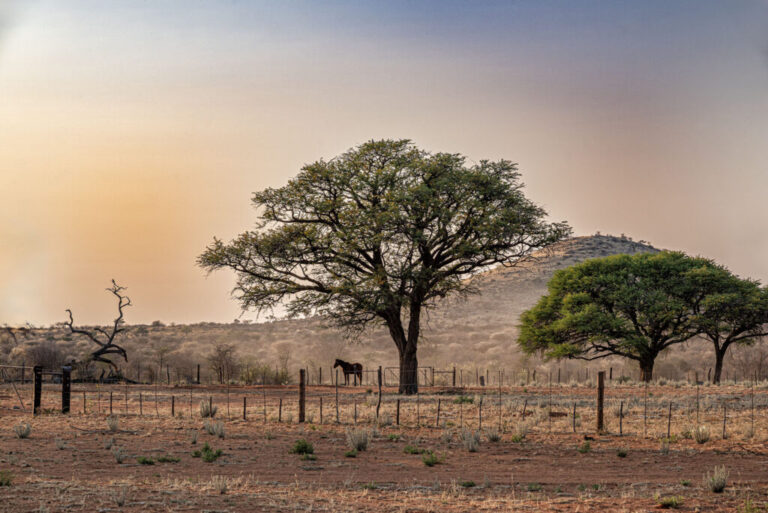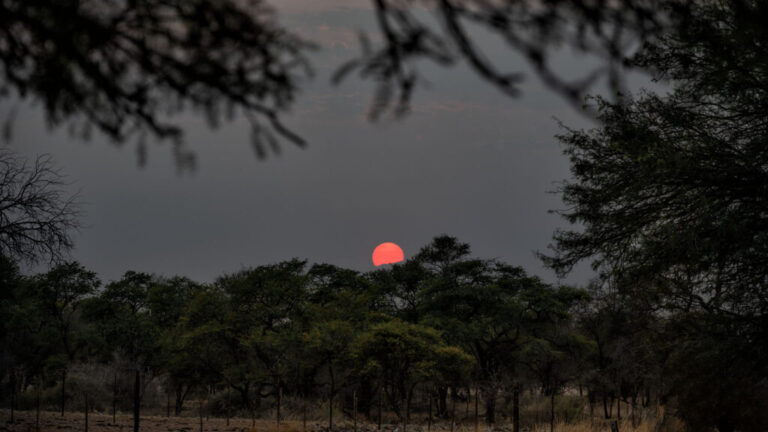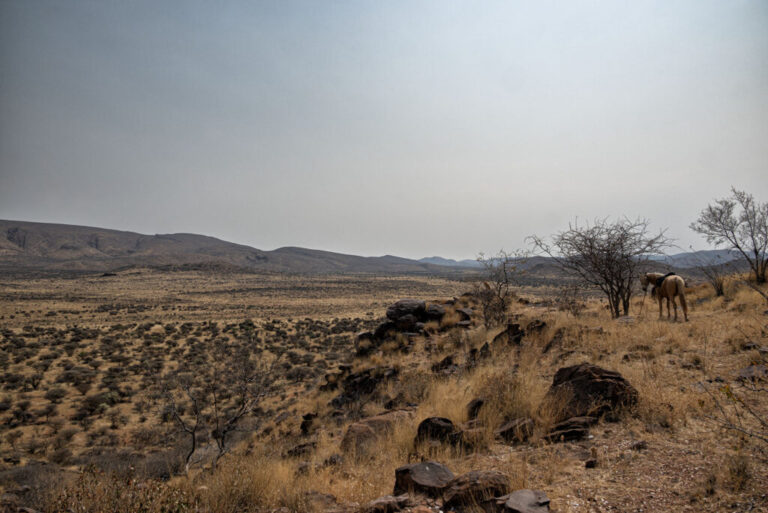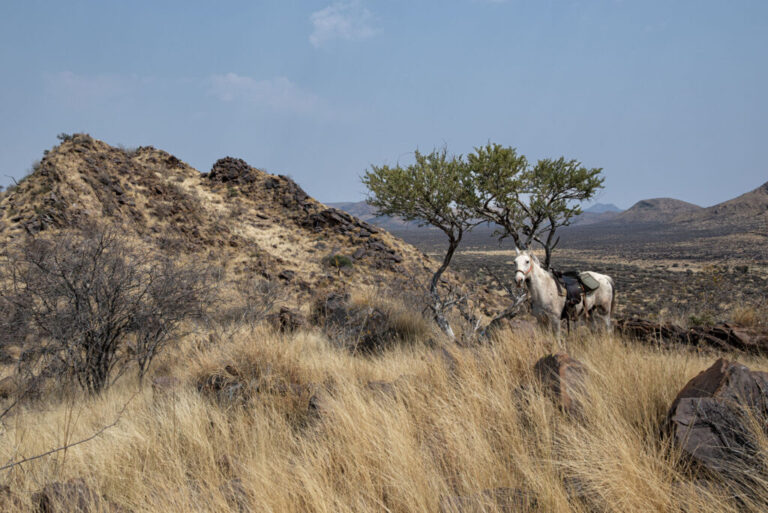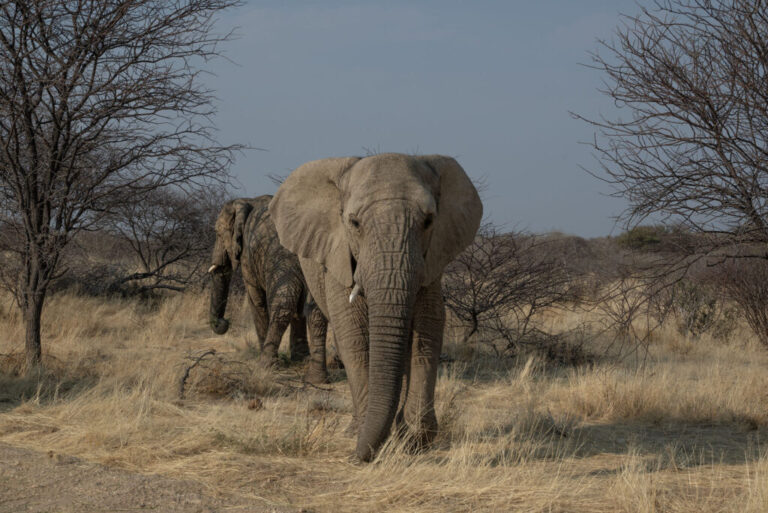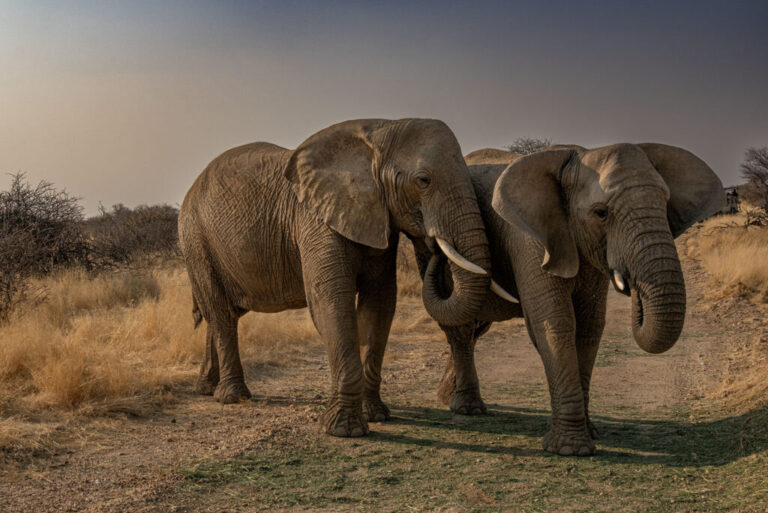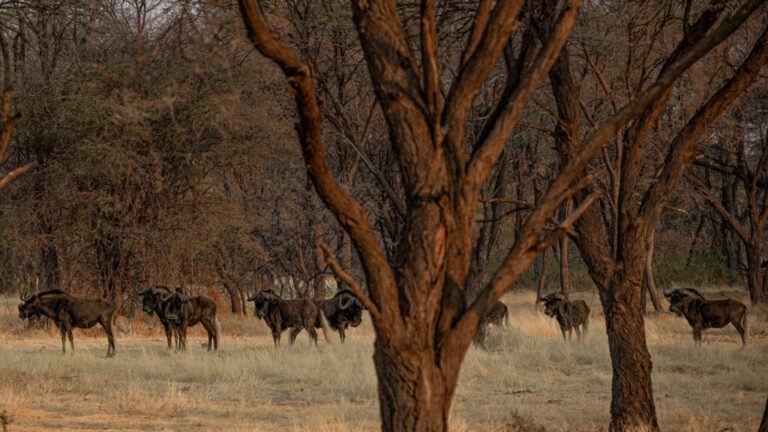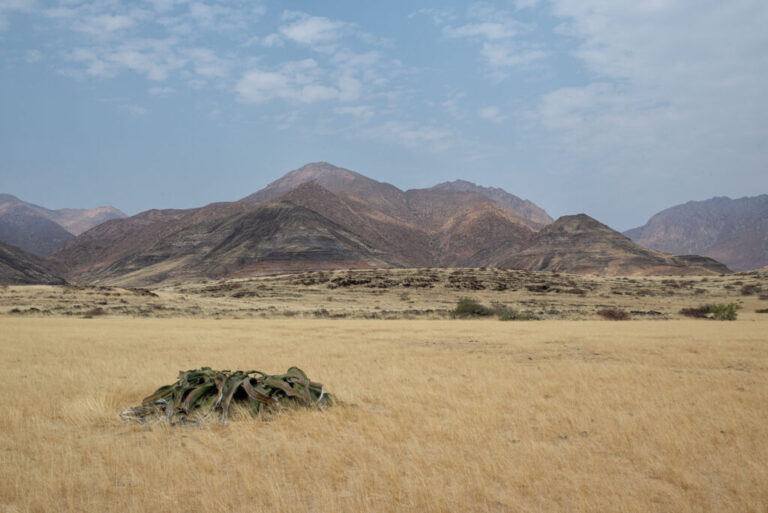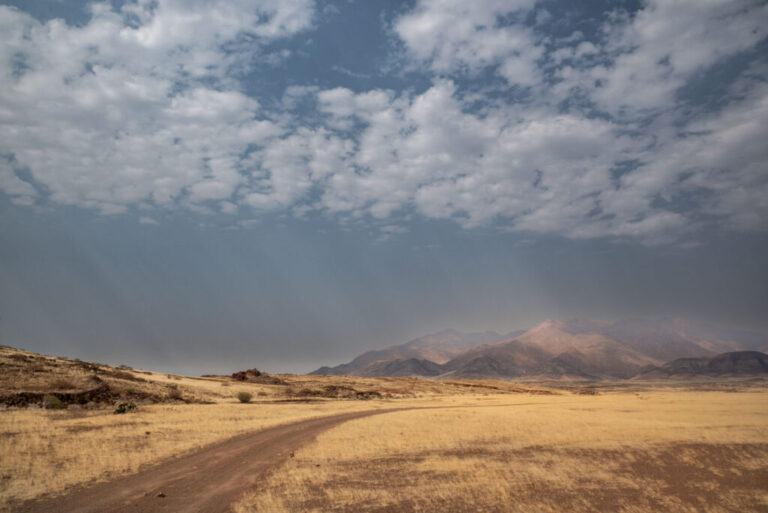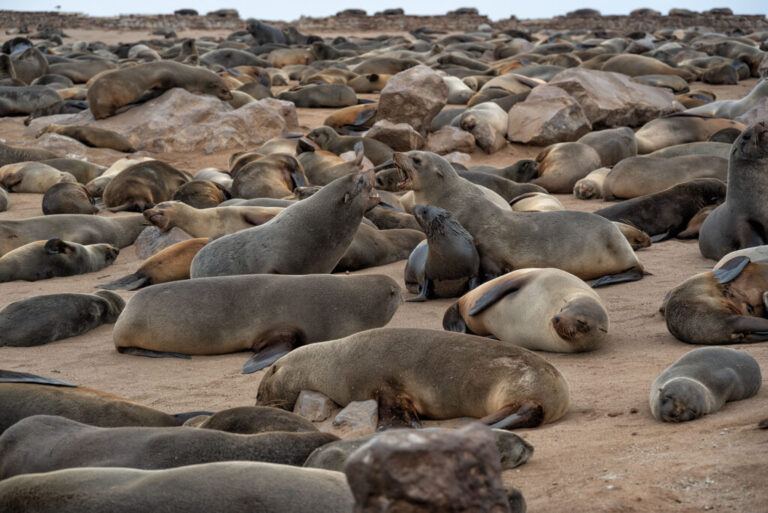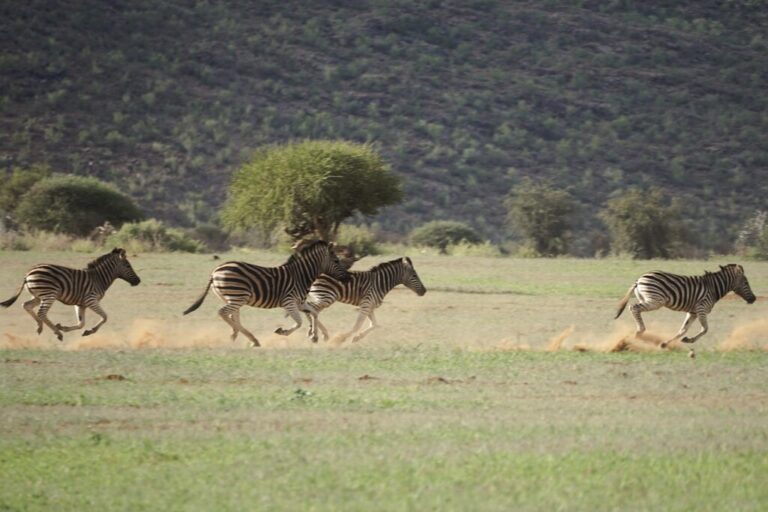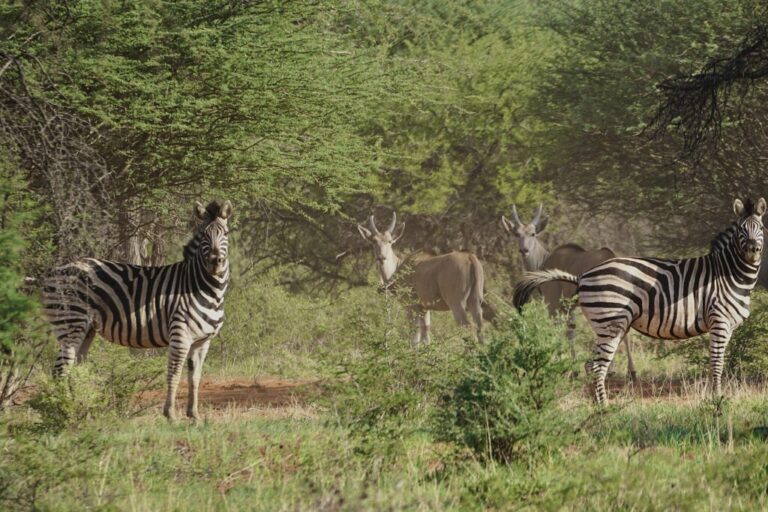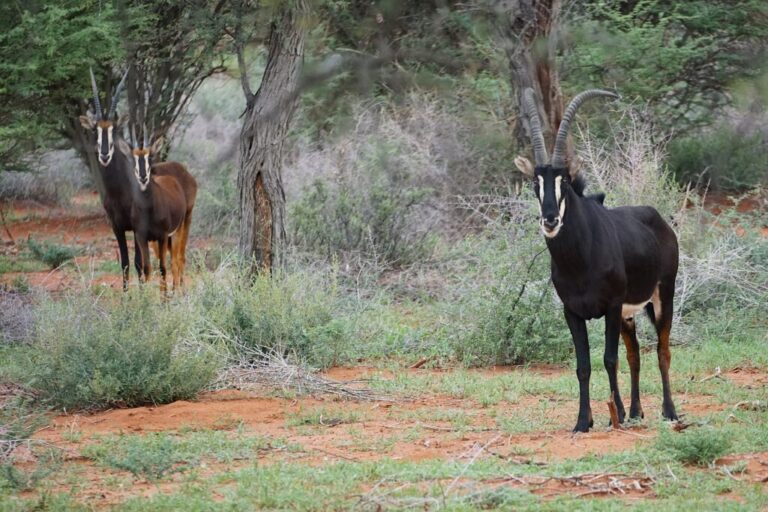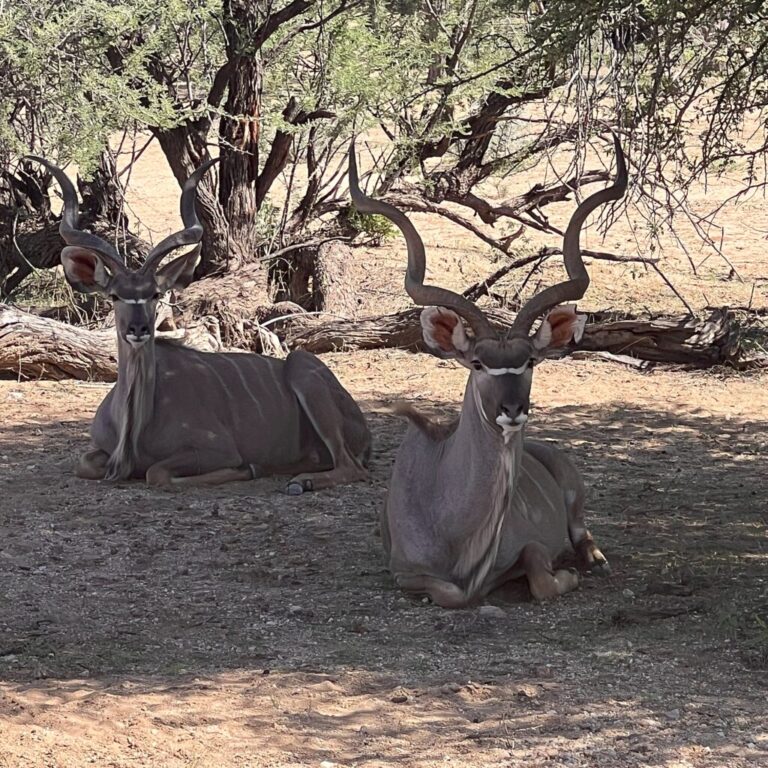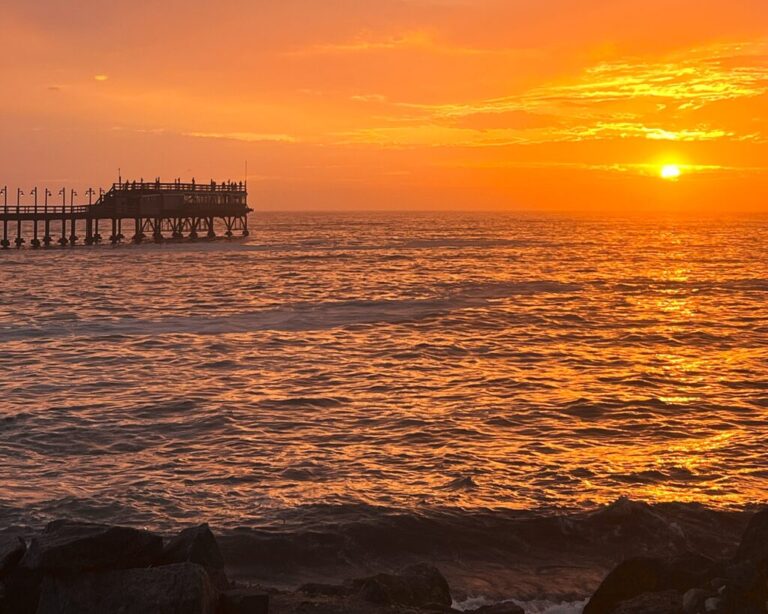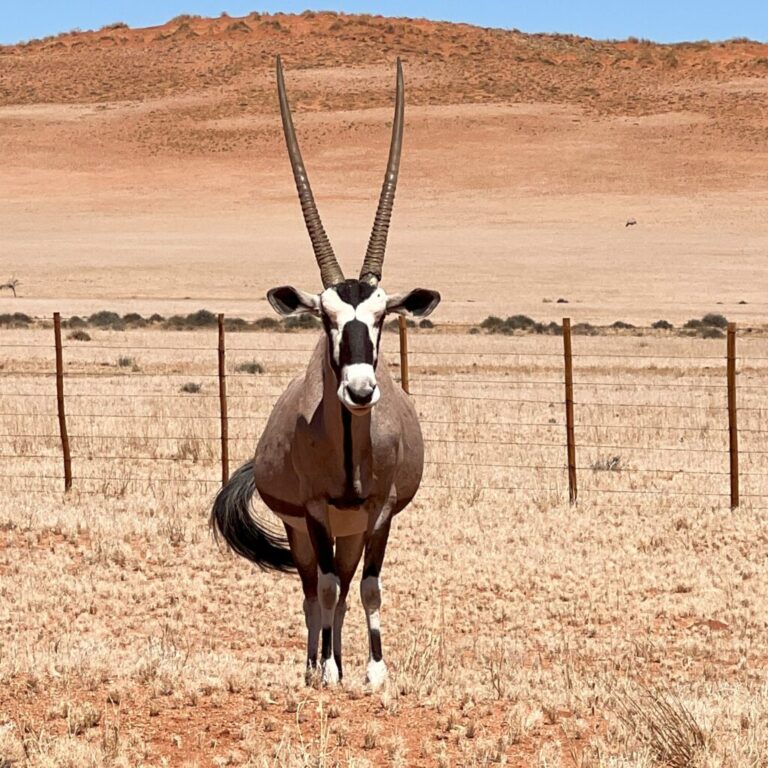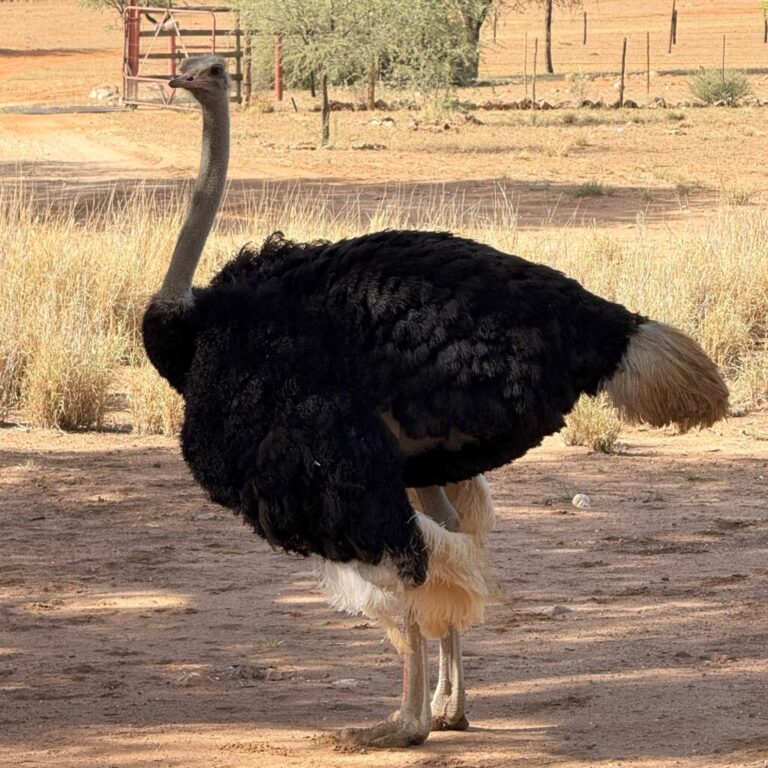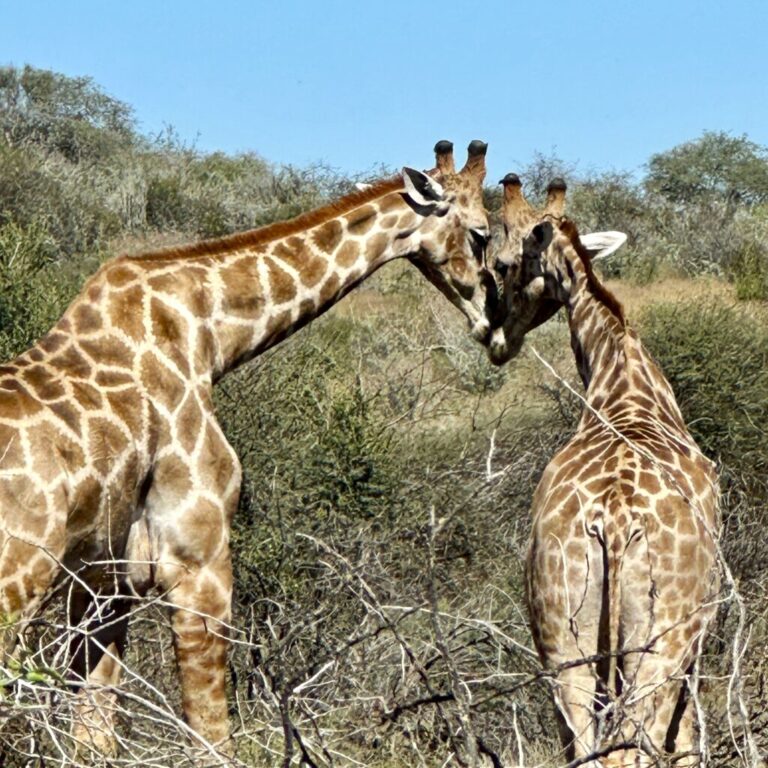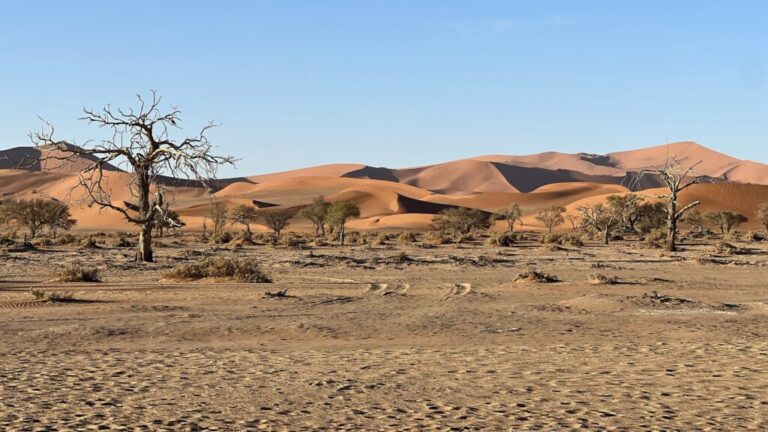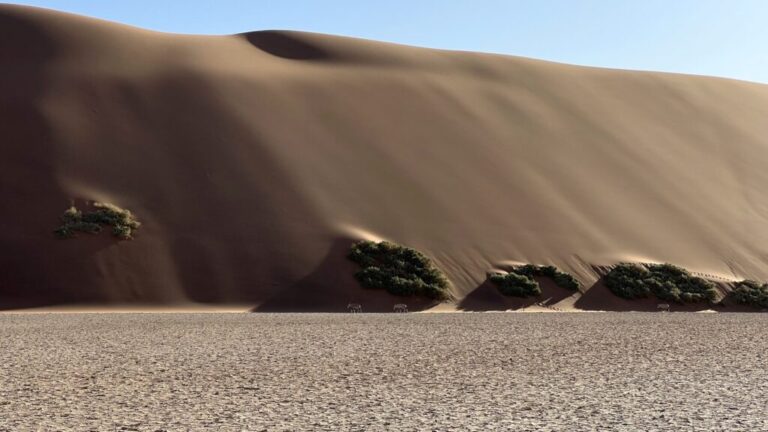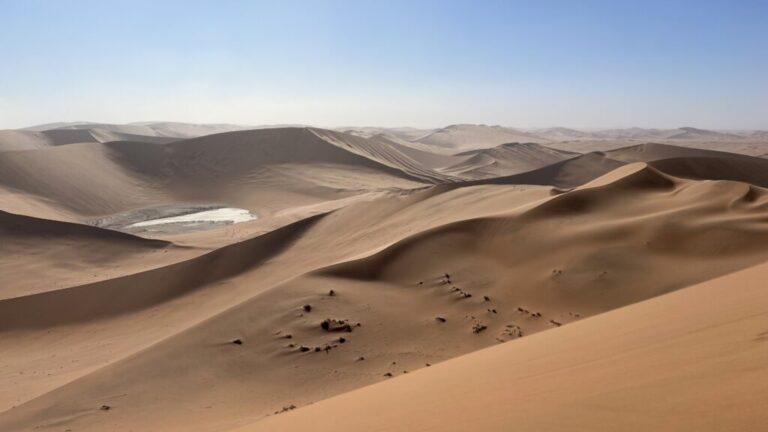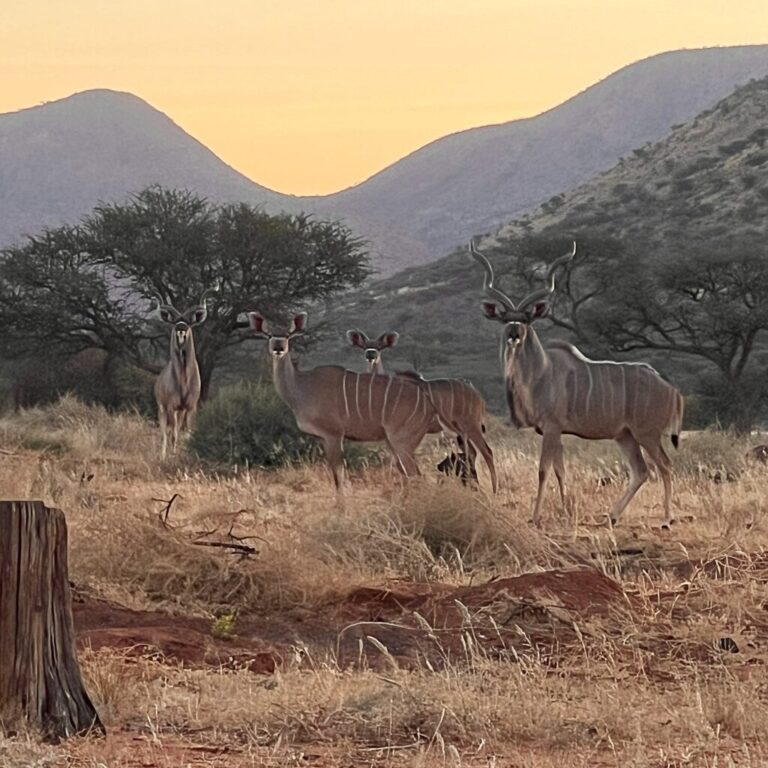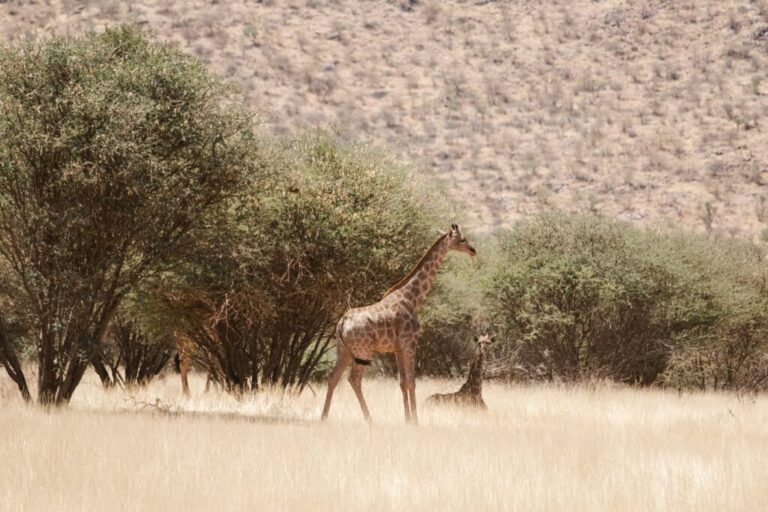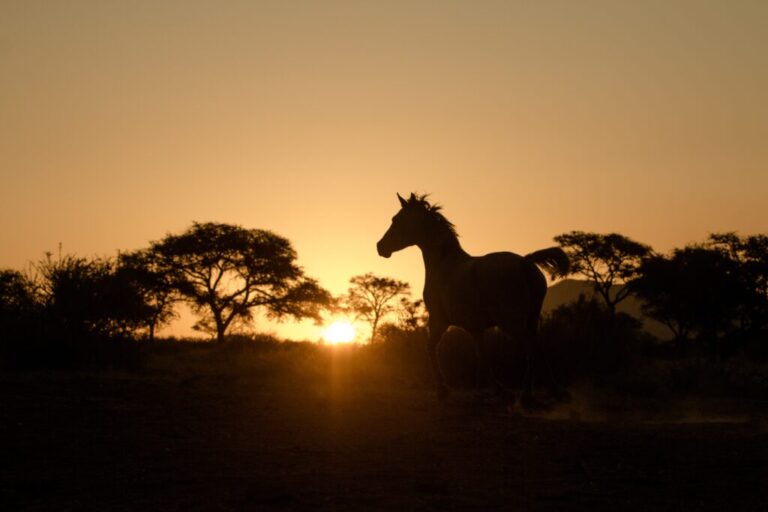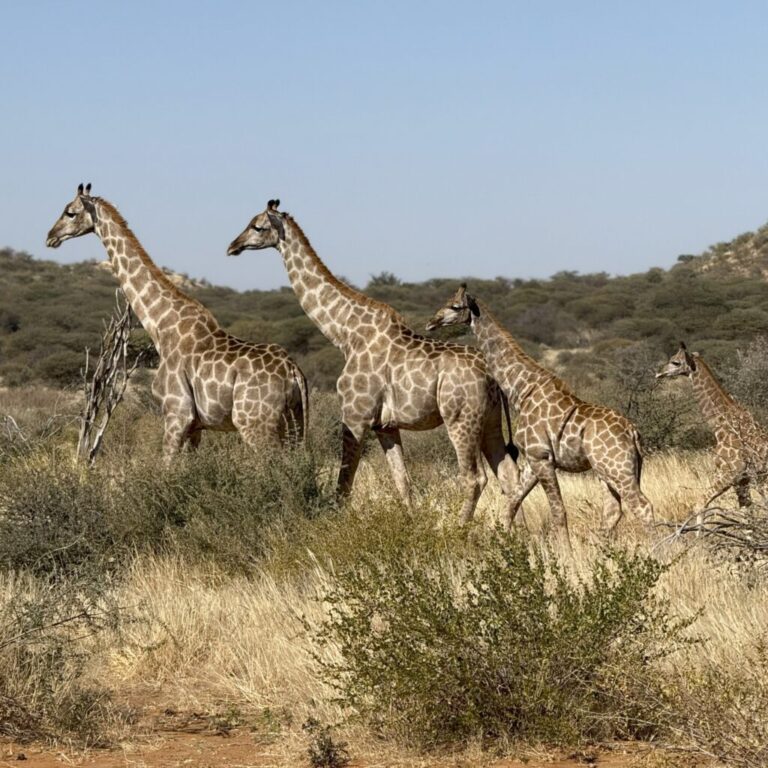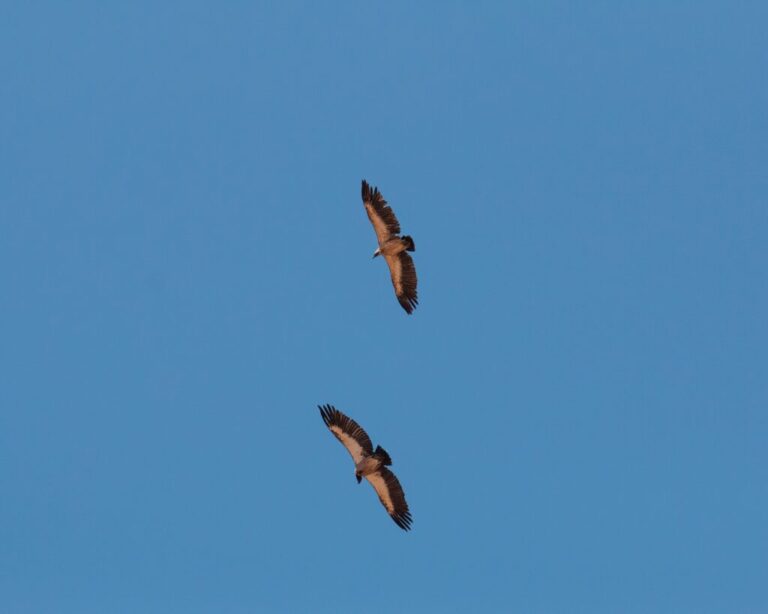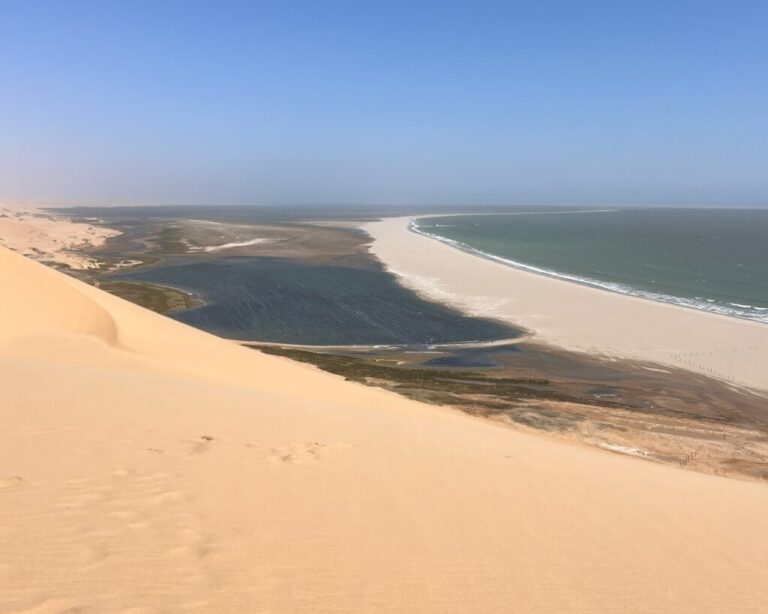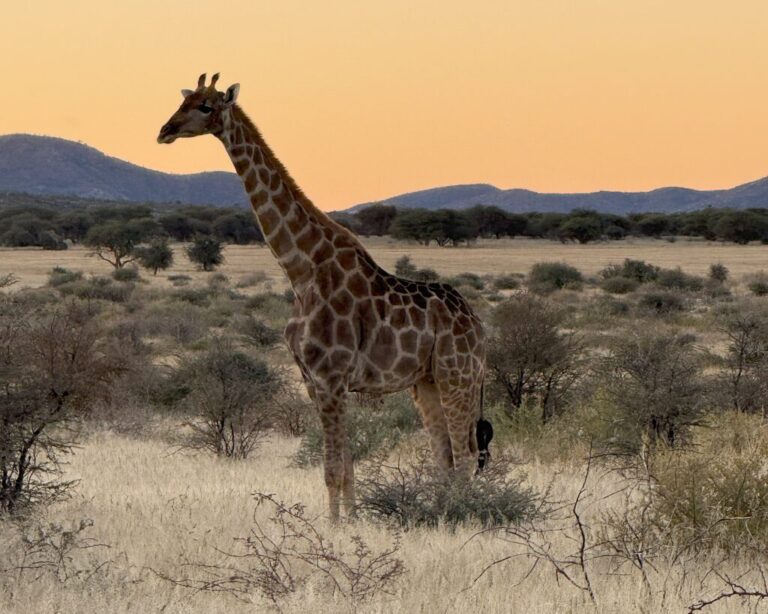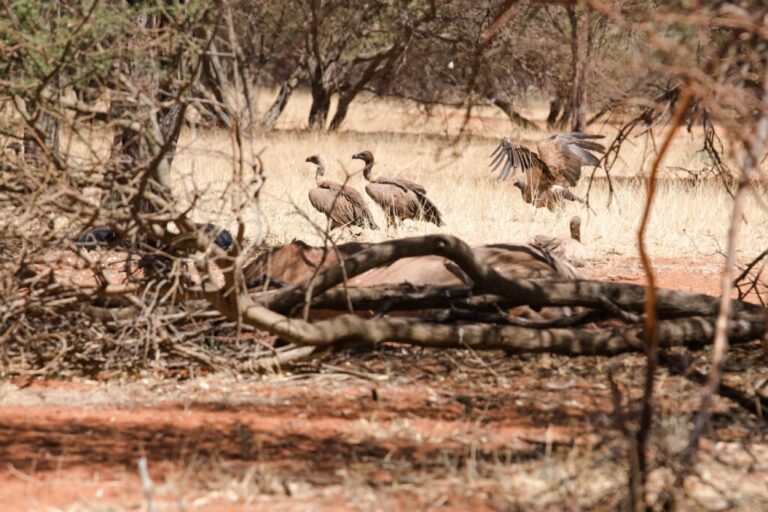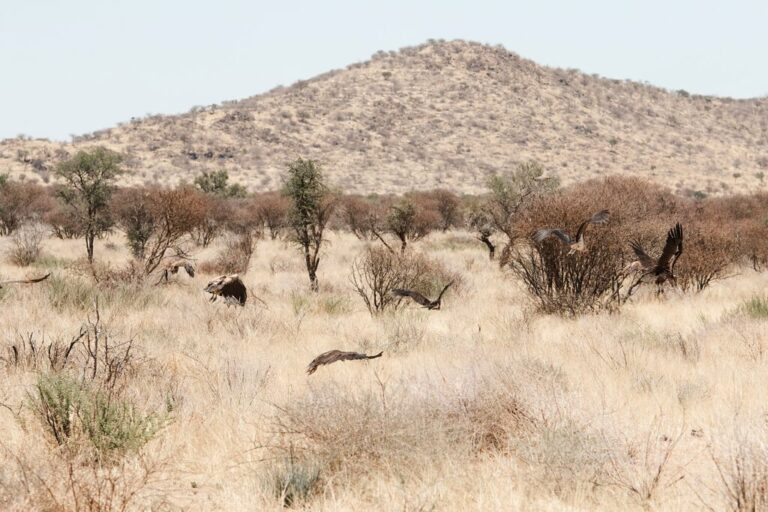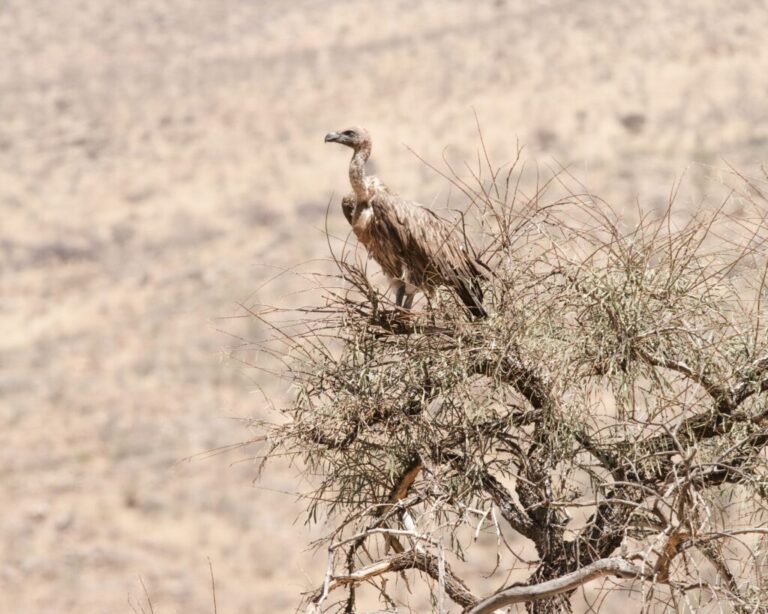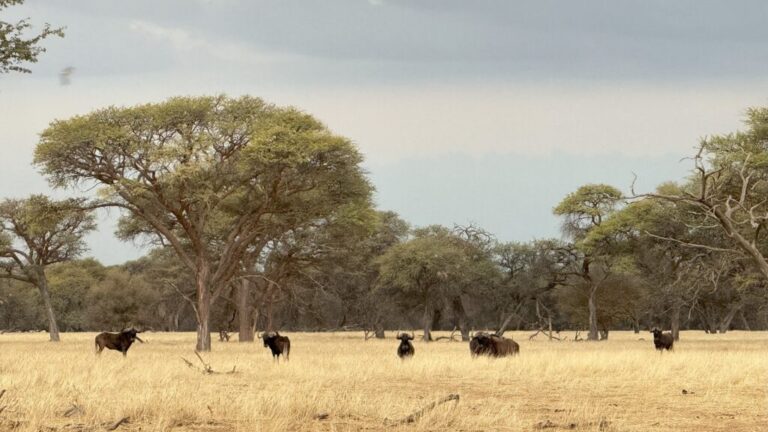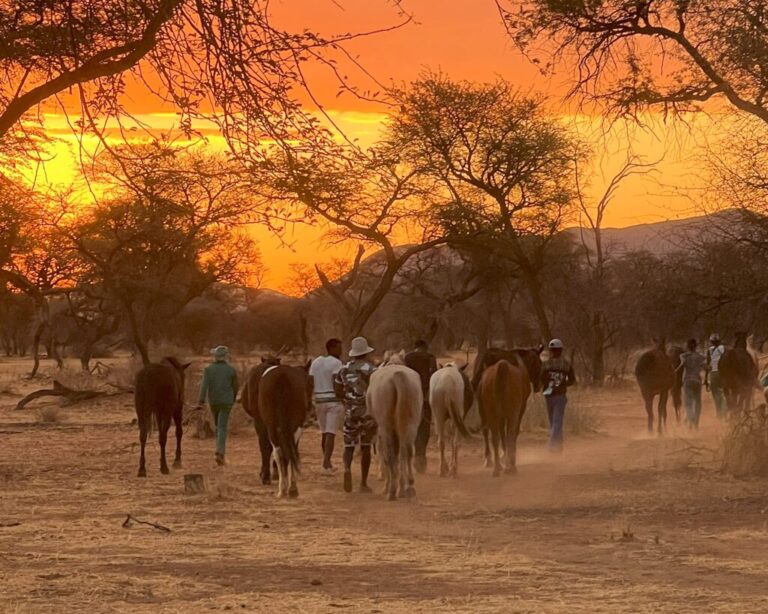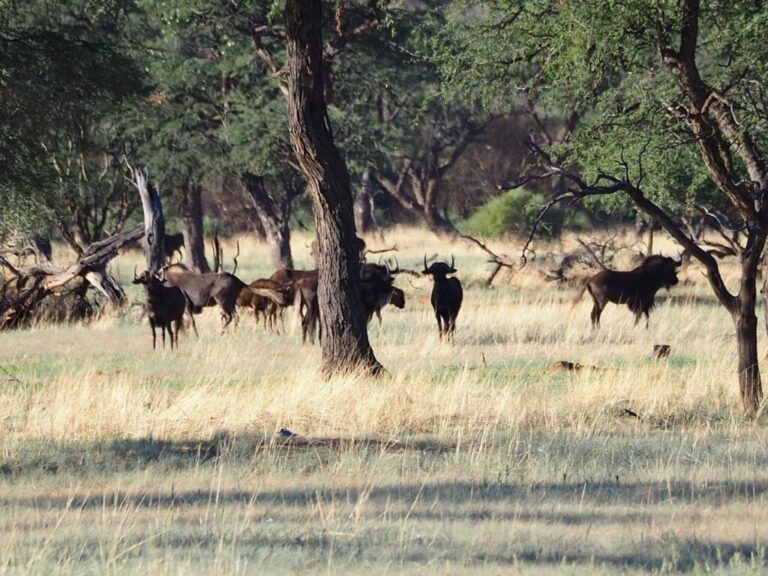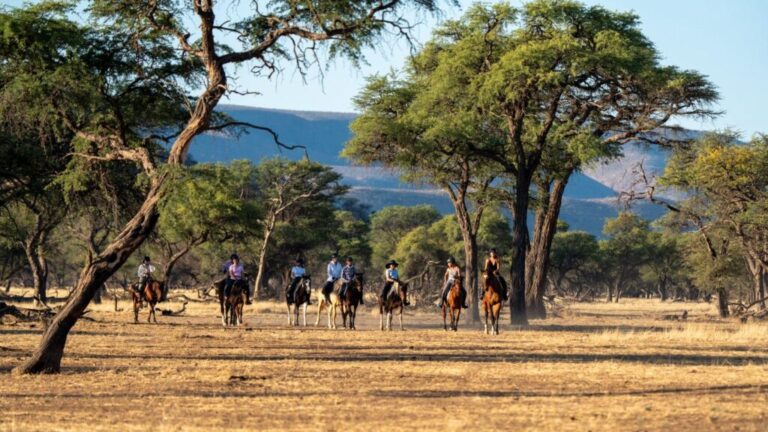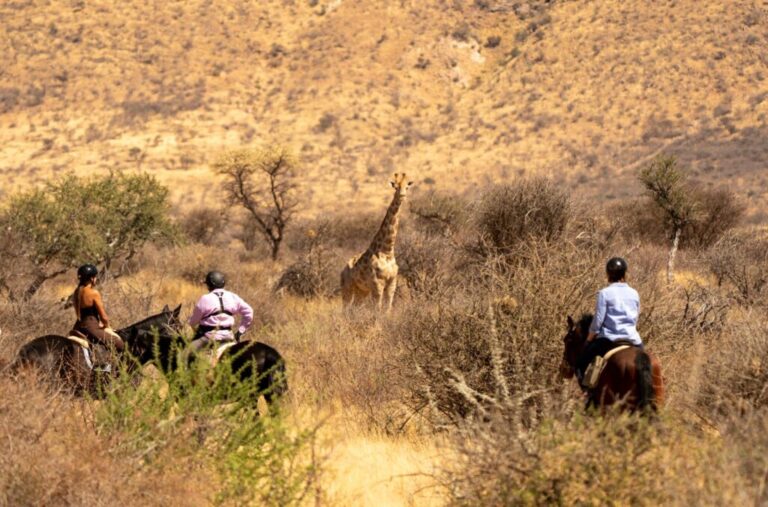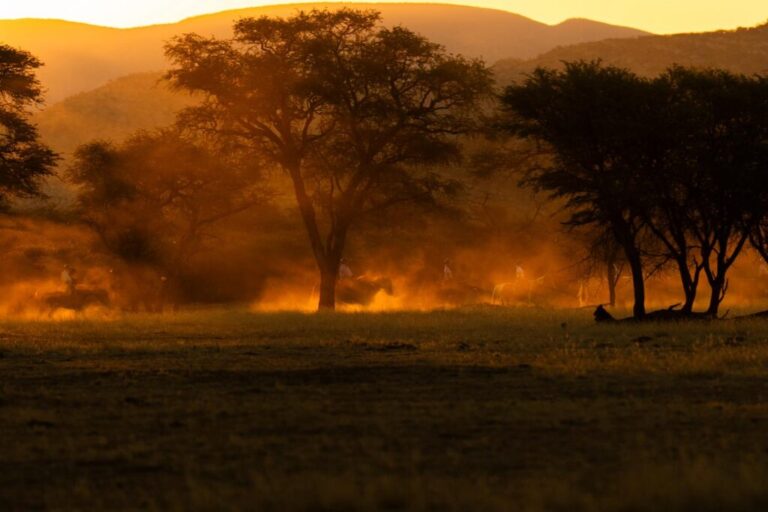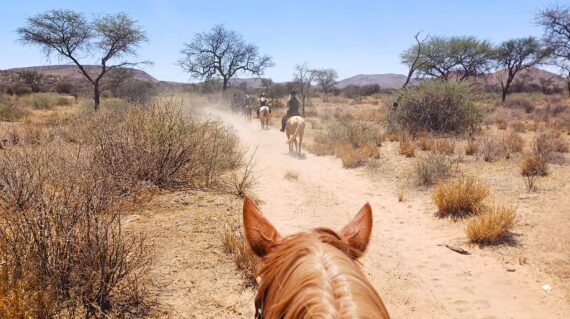
The savanna, the old desert, and the ocean (extended)
Namibia
We’re off to the extended, longer version of our expedition to far south of Africa, to central Namibia. There, we’ll stay on an absolutely extraordinary, stunning farm and explore its vast lands on horseback. We’ll ride out to a savanna, dotted with rolling hills, to meet giraffes, zebras, oryxes and antelopes. We’ll rest beneath the umbrella-shaped acacia trees and spend our evenings relaxing under the starry. We’ll also spend a part of our expedition sightseeing: go on a car safari, venture into the Namib—the world’s oldest desert, see the world-famous and incredibly photogenic “Valley of Death,” ride quad bikes across the dunes, and take a boat trip on the bay. It’s a magnificent and beautiful adventure amid breathtaking nature, wild animals, and magical places.
-
Days overall11 daysDays in saddle6 days
-
Group size9Available
-
StandardAfrican hospitality (comfy, tasty and beautiful)Luggageno limit kgFoodlocal cuisine, vegetarian meals available
-
Skillswalk, trot, canter, gallop, trail riding experience
We have planned this journey as a combination of a horseback safari—rides across a vast farm—with several days of sightseeing to explore the must-see highlights of Namibia. We designed the itinerary to balance plenty of horseback and non-horseback adventures while still allowing time for relaxation, shared meals, and stories by the fire under the stars. This edition is two days longer than the “standard” tour, expanded to include additional horseback rides and visits to more of Namibia’s extraordinary sights.
We will spend the first four days in Namibia will on a large, family-run farm, where forty horses are the least exotic part of the local animal world. The property spans an impressive 11,000 hectares and is home to an abundance of wildlife. Alongside horses and domestic animals, the farm raises Simmental cattle—a breed also very common in Europe. Most importantly, the estate serves as a haven for many wild animals that we’ll observe from the saddle. On the vast terrain we’ll encounter giraffes, antelopes, zebras, oryxes (Namibia’s national symbol), somewhat mischievous ostriches, and warthogs—whose burrows require careful navigation while riding in certain areas. The region is also home to various lizards, small mammals, wild cats, jackals, and baboons—and with a bit of luck, we might even spot leopards.
The word “farm” hardly conveys the exotic charm or the vastness of the place where we’ll be staying and riding. This incredibly scenic property has a fascinating history dating back to the early 20th century. Over a hundred years, the farm has evolved in size and character, yet it has always remained a family enterprise—now in its fourth generation. In the evenings, our hosts will share stories about the history and daily life of the farm.
During the trip, we’ll also switch our horses for mechanical horsepower to go sightseeing. Over three days we’ll visit the must-see wonders of Namibia: explore the Namib—the oldest desert in the world, visit the Sesriem Canyon, climb a giant dune, see the world-famous salt pan of Sossusvlei and the even more iconic Deadvlei, often (and incorrectly) referred to as the “Valley of Death.”
Beyond these classic highlights, we’ll also visit Windhoek, Namibia’s capital, enjoy a picnic beneath the picturesque Spitzkoppe, see a seal colony, and visit the wreck of the Zeila trawler, which has become a nesting ground for cormorants. We’ll board a boat in Walvis Bay to admire Namibia’s coastline from the Atlantic, ride quad bikes across the dunes, and stop in Swakopmund, a fascinating coastal resort. Founded in 1892 as the main port of German South West Africa, the town still stands out for its distinctive 19th-century German colonial architecture.
On the ninth day, we’ll return to the farm. If we arrive before evening, we’ll head out for another ride to watch the sun set over the savanna before sitting down for dinner. The following, tenth day will be spent on the farm, with two final rides—one in the morning and one in the afternoon—in search of wildlife and adventure in the saddle.
For our Namibian horseback safari adventure, we’ll be riding horses that are a cross of several breeds, often referred to as “farm mix.” These horses are relatively small—around 155 cm at the withers—which is why the rider weight limit for this ride is set at 80 kg. They show clear influences of Arabian and English bloodlines, and our mounts are sturdy working horses, perfectly suited to Namibian farm conditions. They are well-trained and accustomed to trail riding, though they require attentive and competent riders.
While the routes on the farm are not technically difficult, the pace is relaxed, with controlled canters and daily riding times of around 4–5 hours. This Namibian ride is therefore intended for confident riders. Because of the presence of numerous animals—both domestic and wild—riders must remain in full control at all gaits and possible situations. Small animals may suddenly dart across the path, surprising the horses, and we will often approach larger animals quietly and calmly to avoid startling them. At times, it may also be necessary to move away quickly and in an orderly manner.
Rider weight limit for this safari is 80 kg.
(Exceptions may be considered within a few kilograms and must be discussed in advance.)
- 6 nights in comfortable double cottages or rooms on the ranch and farm
- 4 nights in charming double cottages and guesthouses around Swakopmund
- Boat cruise in the bay and quad excursion on the dunes
- Entrance tickets to all visited sites
- All meals from lunch on the first day to breakfast on the last day
- English-speaking hosts and guides
- Horse with full tack
- Support vehicle with driver
- Entrance fees to national parks
- Airport transfers from/to Windhoek
- Travel insurance including coverage for high-risk sports
- Bilety lotnicze do i z Namibii – lotnisko w Windhuk (Windhoek), Hosea Kutako, kod lotniska: WDH
- Wiza do Namibii (około 80 euro / 1600 dolarów namibijskich) – na lotnisku w Windhuk
- Opcjonalnie: półgodzinny lot awionetką nad ranczo (70 euro)
- Wydatki własne (pamiątki, dodatkowe przekąski i napoje, bilety wstępów itp.)
- Opcjonalnie: dopłata do pokoju jednoosobowego (dostępność ograniczona)
- Day 1 First awe
- Day 2 Horses, zebras, and giraffes
- Day 3 Under the Acacia’s Shade
- Day 4 Dinner Under the Stars
- Day 5 Windhoek, Elephants, and Rhinos
- Day 6 Seals, the Namib, and Dinner by the Atlantic
- Day 7 A Ship on the Waves, Quads on the Dunes
- Day 8 The Namib Desert and the Valley of Death
- Day 9 Back To The Farm
- Day 10 The Last Sunset
- Day 11 Out Of Africa

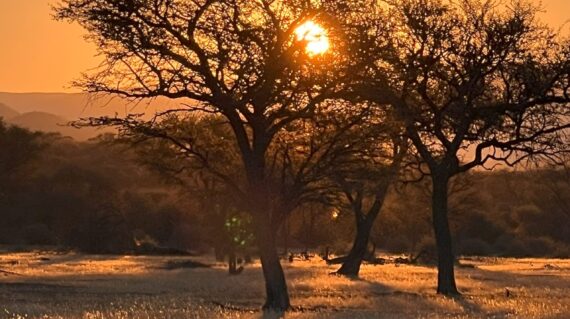
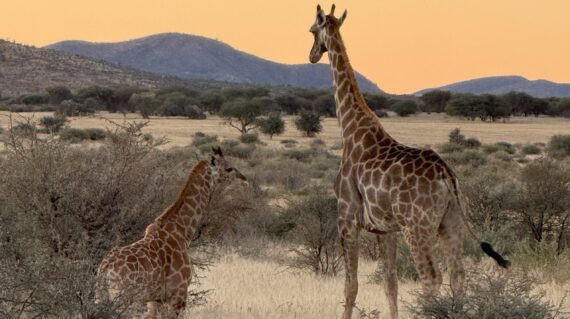
The tour in Namibia is quite a comfortable one—especially for a horseback expedition. 🙂
We’ll spend six nights on a beautiful, comfortable farm, staying in cozy double cottages or guest rooms with private bathrooms, air conditioning, and a refrigerator. Single rooms are available in limited numbers upon prior arrangement and for an additional fee (payable on-site).
During the sightseeing part of the trip, we’ll spend four nights around Swakopmund, staying in charming guesthouses or cottages, in double rooms with private bathrooms.
Full board is provided. The meals on the farm are delicious, carefully prepared, and beautifully served. Most will be enjoyed in the dining area, while some will be served outdoors—in true African style and atmosphere. Beer and wine are served with lunch and dinner, and we might even get the chance to taste some Namibian wines. During the sightseeing days, meals will be enjoyed at our accommodations, in restaurants, or as picnics along the way.
Riding equipment
On the Namibian ride, we use several types of saddles. Some horses are equipped with high-quality, fairly standard English all-purpose saddles. We also ride in South African trail saddles, which are closely related to the Western saddle. Typical Western saddles are used less frequently, but you may come across them as well.
We ride “lightweight,” taking only what we need for the next couple of hours in the saddle. Everything required for picnics or outdoor dinners is transported by vehicle.
Small saddle bags are available on-site for carrying water and personal items.
As always, we strongly recommend wearing helmets while riding.
What you should take with you
The Namibian ride is one of the more comfortable ones. All nights are spent in cozy cottages and guest rooms. For the daily horseback stages, you’ll only need a small waist bag or something similar—to carry your phone and personal essentials.
A detailed and extended packing list, along with our comments and recommendations, will be sent out in the organizational email one month before the ride.
- passport
- cash – in euro or USD
- electronic equipment (e.g., camera, video camera, power bank)
- waist bag or small backpack (for phone and personal items)
- water bottle or canteen (a regular plastic bottle is fine)
- high SPF sunscreen
- insect repellent
- sun hat or other head covering
- riding helmet
- personal riding gear: breeches, half chaps, gloves, etc.
- trekking shoes or paddock boots
- raincoat or waterproof jacket
- some warmer clothing for the evenings
- flip-flops for showers
- swimsuit
| Date | Trip Status | Price | Spots | |
|---|---|---|---|---|
7 October 2026 - 17 October 2026
|
Available, English-speaking hosts and guides, English-speaking pilot (Karolina) |
3750 € |
1 |
